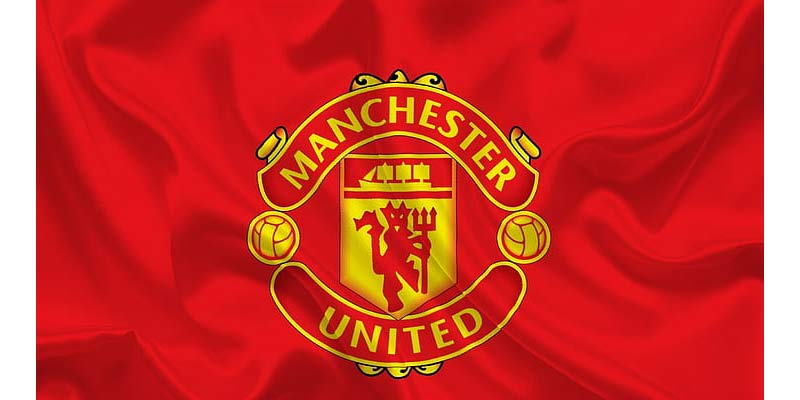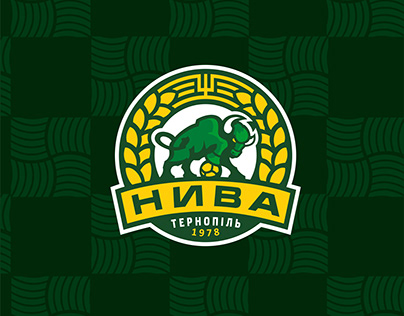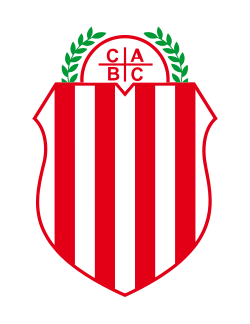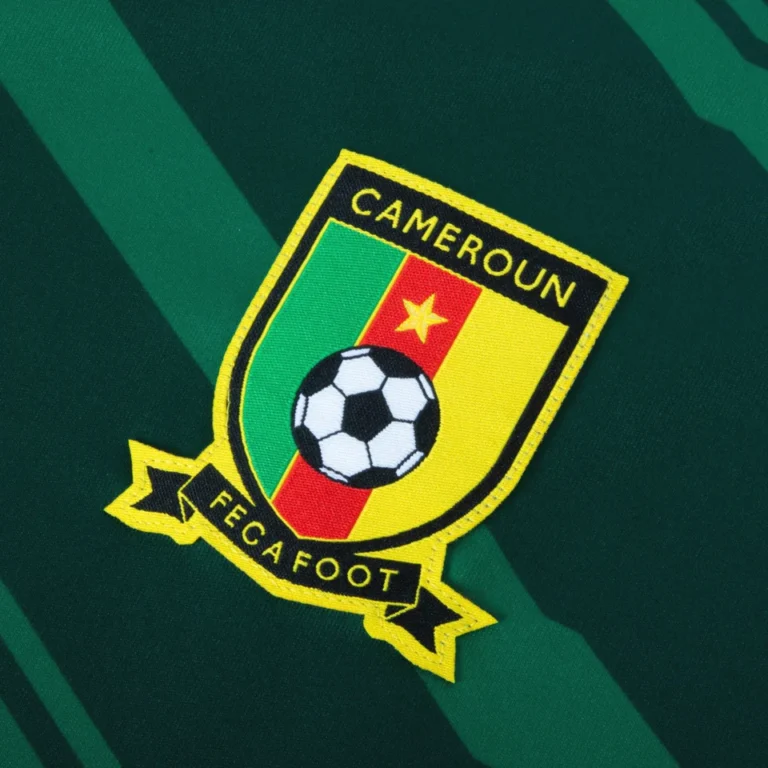
Manchester United FC: History and Achievements
Manchester United FC is more than just a football club; it represents a rich tapestry of history, passion, and an unyielding spirit that resonates with millions across the globe. Established in 1878, the team has grown from humble beginnings to become one of the most successful and recognizable football clubs in the world. Known for its iconic red kit and legendary players, Manchester United FC embodies the essence of English football, uniting fans through generations with thrilling performances on the pitch and significant off-pitch endeavors new88.
The Early Years: Foundation and Growth
The journey of Manchester United FC began when the club was originally founded as Newton Heath LYR Football Club in 1878.
Formation and Initial Challenges
The club initially faced several challenges, ranging from financial constraints to fierce competition in local leagues. Despite these hurdles, they managed to gain a foothold in the growing sport of football. The turn of the century was a pivotal moment as Newton Heath changed its name to Manchester United in 1902 after being saved from bankruptcy by local brewery owner John Henry Davies. This move marked the beginning of a new era for the team.
The early years were characterized by a steady but slow rise through the ranks of English football. With the appointment of Ernest Mangnall as manager, the club won its first league title in 1908. This success laid the foundation for a culture of winning and ambition that would define Manchester United FC in the years to come.
Key Players and Their Impact
During this formative period, several key players emerged, shaping the identity of the club. One such player was Charlie Roberts, a formidable defender who became synonymous with the early iterations of Manchester United FC. His leadership and tenacity on the field helped instill a winning mentality among his teammates.
Another notable figure was Sandy Turnbull, whose attacking prowess contributed significantly to the club’s early successes. Turnbull’s goals not only brought victories but also attracted a following among fans, setting the stage for the passionate support that would characterize the club for decades.
As Manchester United began to establish itself in the Football League, the formation of a dedicated fan base started taking shape. The sense of community and loyalty among supporters was integral to the club’s identity, fostering an environment that encouraged both players and fans to strive for excellence.
Transition into Prominence
By the 1930s, Manchester United FC had solidified its place in English football, but it wasn’t until the post-World War II era that the club began to attract international recognition. Under the management of Matt Busby, Manchester United embraced an attacking style of play that endeared them to fans and critics alike.
Busby’s philosophy revolved around nurturing young talent, leading to the formation of the famed ‘Busby Babes,’ a group of young, skilled players who would go on to achieve great things. Unfortunately, tragedy struck in 1958 when eight members of the team lost their lives in the Munich air disaster. This event not only shaped the future of Manchester United FC but also transformed the club into a symbol of resilience and hope.
The Glory Years: Dominance in English Football
Following the tragic events of the Munich air disaster, Manchester United FC rose from the ashes to become one of the most prominent names in English football during the 1960s and 1970s.
The Rise under Sir Matt Busby
Sir Matt Busby’s return to management was instrumental in rebuilding the squad and restoring the club’s legacy. His unwavering commitment to youth development paid dividends, as he introduced a new generation of talented players, including George Best, Bobby Charlton, and Denis Law.
Their combination of skill, flair, and determination captivated audiences, leading to multiple league titles and domestic cup triumphs. The famous trio led the club to its first European Cup triumph in 1968, marking a historic milestone that elevated Manchester United FC to an international stage.
The victory also represented a form of closure for the club following the tragedy of Munich. The sense of achievement was not solely rooted in sporting success but also in the emotional catharsis it provided for players, fans, and the community.
The Ferguson Era: A New Dynasty
In 1986, Sir Alex Ferguson took over as manager, embarking on what would become one of the most successful managerial careers in football history. Initially, Ferguson faced challenges in achieving immediate success, but his relentless pursuit of excellence led to a transformative period for Manchester United FC.
Ferguson revitalized the squad through shrewd signings, tactical innovations, and a focus on developing homegrown talent. Players like Ryan Giggs, Eric Cantona, and Peter Schmeichel became legends under his stewardship. The 1990 FA Cup victory marked a turning point, paving the way for a dominant period in the Premier League and Champions League.
Unprecedented Success and Global Expansion
The late 1990s and early 2000s witnessed Manchester United FC asserting its dominance both domestically and internationally. The club clinched numerous Premier League titles, establishing a formidable reputation in England. The treble-winning season in 1999, where the team secured the Premier League, FA Cup, and UEFA Champions League, epitomized their excellence.
This unprecedented achievement garnered global attention, leading to a surge in fan engagement worldwide. The commercial success that followed allowed Manchester United FC to expand its brand, opening fan clubs in various countries and creating a loyal international following.
Moreover, Ferguson’s emphasis on maintaining a strong squad translated into continued success in subsequent seasons. Players such as Roy Keane, Paul Scholes, and David Beckham formed a core group that propelled the club to further heights.



